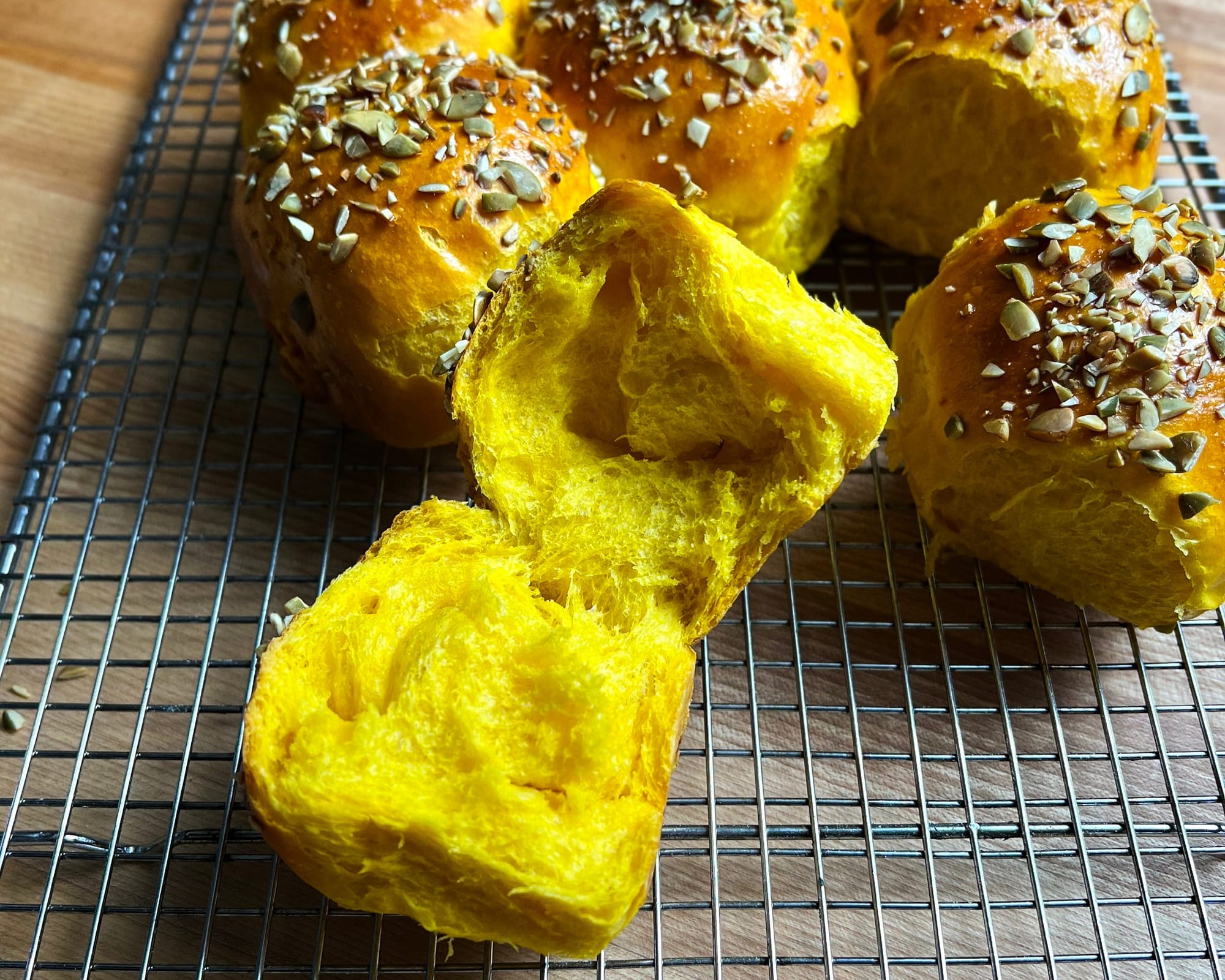Friday Bread Basket 11/18/22

Welcome to the Wordloaf Friday Bread Basket, a weekly roundup of links and items relating to bread, baking, and grain. This week’s email is in anticipation of all the holiday baking we’ll be doing for the next 6 weeks.
One for the baker, one for the pie, one for the baker, one for the pie…

Emily Saladino asked me to weigh in on the subject of vodka and other distilled alcohols as an ingredient in pie dough, for the Wine Enthusiast:
Homemade pie crusts can intimidate even the most confident home bakers. Instructions like “do not overmix” are vague and terrifying. Buttery dough can split, crumble and make a mess of your kitchen.
The solution lies not in your pantry but in your liquor cabinet, some professional bakers say.
“Vodka is the secret ingredient for a tender pie crust,” says Jessica Gavin, a culinary scientist. “The good news is the alcohol will vaporize in the oven, so the pie crust doesn’t have a lingering boozy taste.”
This happens to be something I have a lot of experience with, having worked for years at the place that started everyone boozing up their brisées. I never use this technique myself, and don’t really recommend it if you have a pie dough recipe you already trust, but I do see how it might be the sort of thing that people who’ve had difficulty nailing down the ideal easily-rolled dough consistency might find helpful.

Brittany’s better butter
Eater has done it again with their wonderful behind-the-scenes profiles of some of the world’s best food producers, this time with a focus on Brittany’s Le Beurre Bordier, which—unlike most other butter makers—churns all of their butter by hand:
All of the milk that Bordier uses is sourced within a 100-kilometer radius of Brittany, France, where the company is located, and Bordier still churns its butter, which is a departure from how the majority of butter is made in France. Most French butter-makers use centrifuges, which is the easier way to mass-produce butter. “Churned butter makes up two to three percent of overall production,” says Philippe. “Otherwise, it’s mostly centrifuges that are used, which is a more industrial method that doesn’t allow the butter enough time to rest.”
Bordier also kneads the butter on a machine using a wooden table exposed to the air, which oxidizes the fat in the butter, giving it a silkier texture. “Currently, in France, we are the last to use this type of machine,” says Philippe.
Gonna have to get some of that salted butter and try it out in my classic kouign-amann recipe.

Chock full o’Koginuts

I still need to fill in some background intel on this one, but I did want to get my new squash brioche bun recipe online before I share the Instagram reel I made for it, which means you all get early access. It’s super easy and really good! (Also, I really feel like my recipe formatting is finally dialed-in.) Find it here, and check back in if you want to read the story behind its creation:
That’s it for this week’s bread basket. Have a peaceful weekend, see you all on Monday.
—Andrew






Member discussion